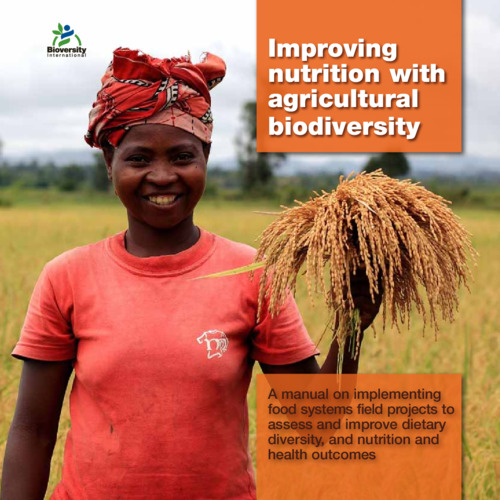Improving nutrition with agricultural biodiversity
This guide describes the process and procedures for collecting important information required to assess local farming systems and agrobiodiversity, household food consumption norms and the nutritional status of vulnerable groups within a given population using specific indicators. Additionally, this guide provides a framework for practical implementation of a holistic program that focuses on creating a customized intervention based on community-specific data. The manual strives to combine perspectives from the following models and approaches: 1. Farming Systems Model (FAO/WB) 2. Agroecological Model (NAFRI, FAO) 3. Indigenous Food Culture Documentation (CINE/IDRC/FAO) 4. Measuring Nutritional Functional Diversity (Columbia EI) 5. Positive Deviance Model (The Positive Deviance Initiative) 6. FANTA Nutritional Assessment Guides (USAID) 7. Food Security and Livelihoods Model (ACF International) 8. Ethnobotanical Documentation: A User’s Model (ICH/UNESCO) The development of this manual also could not have been possible without the guidance of previously published manuals by the World Health Organization (WHO), the World Food Programme (WFP) and the Centre for Indigenous Peoples’ Nutrition and Environment CINE. This manual recommends a 7 phase process to approach communities of focus holistically and with a trajectory of long-term improvement.

